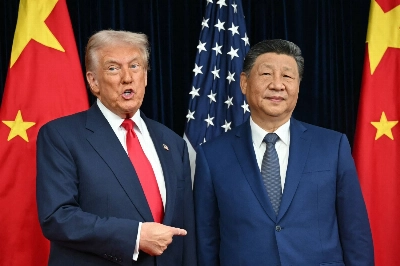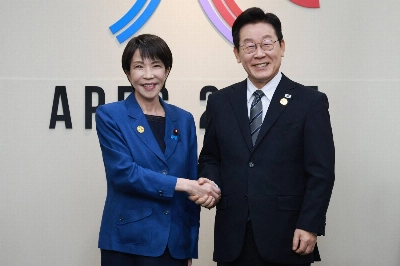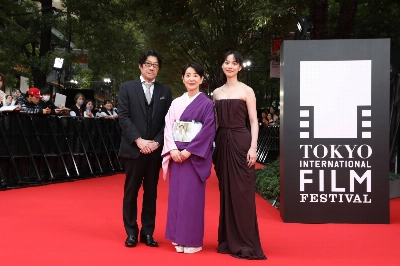NAGANO -- The pavilions are closed and the Olympic banners have disappeared. The souvenir shops are half-empty and Zenkoji Temple has regained its calm demeanor. The city's infamous traffic jams are back, and the taxis once again form long lines waiting for customers.
Just a day after the closing ceremonies, you can hardly find a trace of the Nagano Olympics.
Although most of the people are gone and there are no more events left, the residue of the Nagano Games remains. The first Olympics hosted by Japan in 26 years still have some problems to work out.

















With your current subscription plan you can comment on stories. However, before writing your first comment, please create a display name in the Profile section of your subscriber account page.